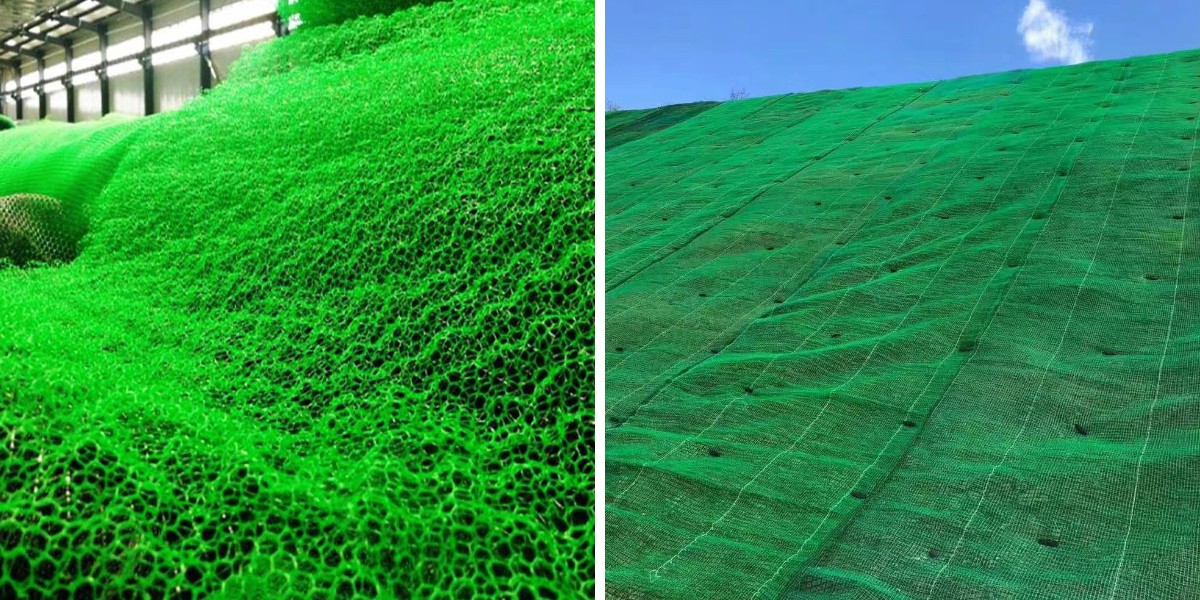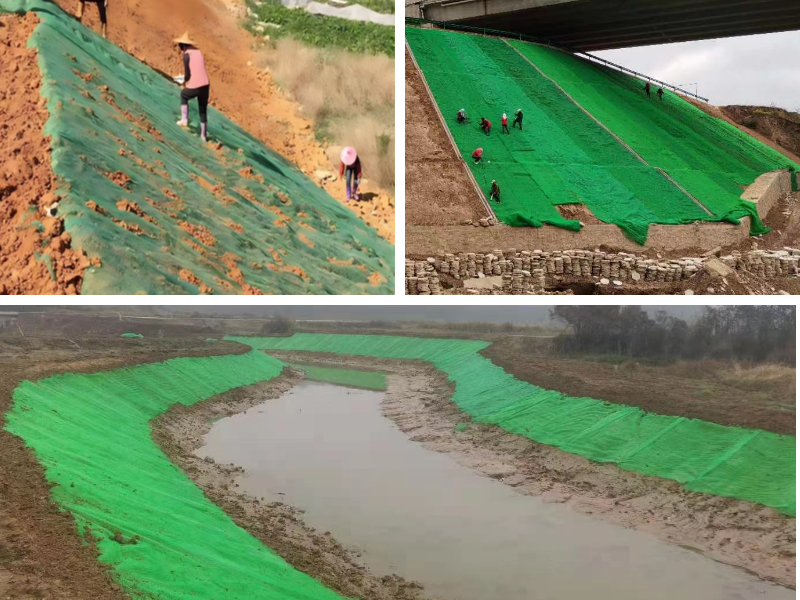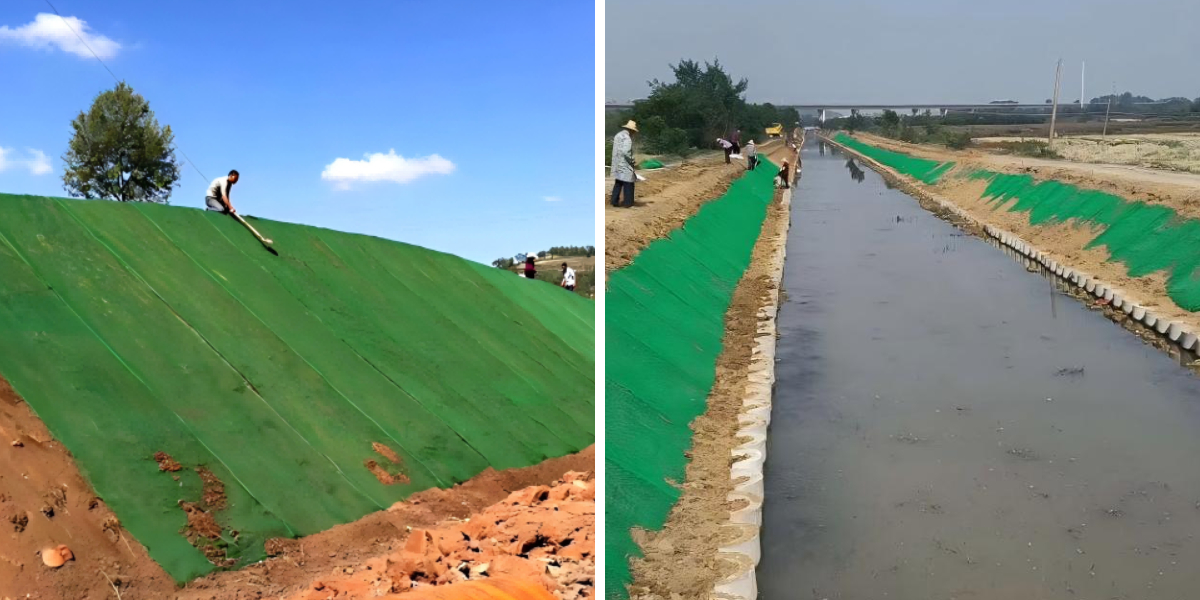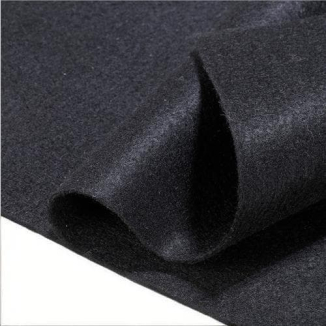Comparing 3D Vegetation Net Specifications: Which Suits Your Project?
Introduction: The Role of Specifications in 3D Vegetation Net Performance
3D vegetation nets—also recognized as 3D geonet—are a cornerstone of present day erosion manage and slope stabilization. These three-d mesh constructions assist vegetation increase whilst reinforcing soil, however their effectiveness relies upon absolutely on matching the proper specs to your project. From mesh dimension to fabric strength, each and every element affects how properly the internet resists erosion, helps plant roots, and withstands environmental stress. In this guide, we’ll destroy down key specifications, examine options, and assist you select the best 3D vegetation internet for your needs.
Key Specifications to Compare
Not all 3D vegetation nets are created equal. These core specs decide their performance:
1. Material Composition
Most 3D vegetation nets are made from polypropylene (PP) or polyester (PET). PP nets are lightweight, affordable, and flexible—ideal for brief tasks (1–5 years). PET nets, however, provide choicest UV resistance and tensile strength, making them higher for everlasting slopes (10+ years) uncovered to direct sunlight. For example, a PP internet in a shaded wooded area restoration may also final 5 years, whilst a PET internet on a sunny motorway embankment can suffer 15+ years.
2. Dimensions of 3D Vegetation Net
Dimensions of 3D Vegetation Net—height, mesh size, and roll length—dictate how nicely the internet traps soil and helps plants:
Height: Ranges from 10mm (shallow slopes) to 100mm (steep, high-erosion areas). Taller nets (50–100mm) create deeper pockets for soil and roots, integral for slopes over 30°.
Mesh Size: Typically 20x20mm to 50x50mm. Smaller meshes (20x20mm) entice quality soil, whilst large meshes (50x50mm) work for rocky or sandy slopes, permitting higher water drainage.
Roll Length: Standard rolls are 50–100 meters, balancing ease of transport with fewer seams for the duration of installation.
3. Tensile Strength
Measured in kilonewtons per meter (kN/m), this shows the net’s resistance to stretching. For mild slopes with mild foot traffic, 5–10 kN/m suffices. Steeper slopes or areas with heavy rainfall want 10–20 kN/m to withstand soil strain and runoff.
4. Porosity
Porosity (the share of open space) impacts water drift and root growth. Nets with 70–80% porosity let rainwater drain whilst protecting sufficient soil to assist grass or shrubs. Too porous (over 80%) and soil washes away; too dense (under 60%) and roots fighting to grow.
Matching Specifications to Project Types
The proper 3D geonet relies upon on your project’s slope angle, environment, and timeline.
1. Gentle Slopes (0–20°):Landscaping and Residential Projects
For lawns, backyard beds, or low-risk slopes, prioritize ease of set up and plant compatibility:
Material: PP 3D vegetation internet (cost-effective, flexible).
Dimensions of 3D Vegetation Net: 10–20mm height, 30x30mm mesh, 50m rolls.
Tensile Strength: 5–10 kN/m (enough to withstand mild erosion).
These nets are lightweight, making them effortless to Lay 3D vegetation internet over uneven terrain. Their reasonable porosity helps grass or flower seeds, with sufficient drainage to stop waterlogging.
2. Moderate Slopes (20–30°): Roadside and Commercial Projects
Road embankments, parking lot slopes, or business landscapes want a stability of electricity and vegetation support:
Material: PET internet (UV-resistant for long-term outside use).
Dimensions of 3D Vegetation Net: 20–30mm height, 20x20mm mesh (traps soil towards average runoff).
Tensile Strength: 10–15 kN/m (resists strain from vehicle-induced wind or heavy rain).
PET nets preserve up to seasonal climate changes, and their taller peak creates deeper root pockets—critical for shrubs or groundcover that stabilize soil over time.
3. Steep Slopes (30°+): Industrial and Infrastructure Projects
Highways, mining sites, or coastal cliffs require heavy-duty nets to stop landslides:
Material: Reinforced PET (blended with fibers for more strength).
Dimensions of 3D Vegetation Net: 30–100mm height, 20x20mm mesh (small adequate to entice great soil), 100m rolls (fewer seams imply fewer vulnerable points).
Tensile Strength: 15–20 kN/m (withstands soil motion and heavy rainfall).
These nets regularly pair with 3D geonet underlays for brought reinforcement. Their tall shape and tight mesh lock soil in place, even on near-vertical slopes.
How to Test Specifications for Your Site
Before committing to a net, check these factors:
1. Soil Compatibility
Clay-heavy soil wishes large mesh (30x30mm) to keep away from clogging, whilst sandy soil requires smaller mesh (20x20mm) to lure particles. A rapid area test: sprinkle soil over a pattern net—if most soil stays in the mesh, it’s a match.
2. Drainage Needs
Areas with heavy rain (e.g., coastal regions) want greater porosity (70–80%). For dry climates, barely decrease porosity (60–70%) helps keep moisture for plant growth.
3. Installation Feasibility
Steep or faraway slopes advantage from light-weight nets (under 1kg/m²) to simplify transport and installation. Heavier bolstered nets can also require equipment to Lay 3D vegetation net, including to labor costs.
Common Mistakes to Avoid
Overspecifying for low-risk slopes: A 100mm tall PET internet on a mild residential slope wastes money—PP nets work simply as properly at a fraction of the cost.
Underspecifying for steep slopes: Using a 10mm PP internet on a 30° toll road slope dangers erosion all through the first heavy rain. Always suit tensile power to slope angle.
Ignoring mesh dimension for soil type: Sandy soil will wash via a 50x50mm mesh, whilst clay will clog a 10x10mm mesh. Test soil and mesh compatibility first.
Rushing installation: Even the quality internet fails if no longer appropriate laid. Take time to Lay 3D vegetation internet flat, anchor edges with stakes, and keep away from overlapping (which blocks water flow).
Why 3D Geonet Stands Out Over Traditional Options
3D geonet outperforms 2D nets or straw blankets in key ways:
3D shape creates pockets that keep soil and seeds, not like flat 2D nets that let cloth slide.
Taller peak (10–100mm) helps deeper root growth, making vegetation extra resilient to drought or erosion.
Synthetic substances (PP/PET) face up to rot and UV damage, lasting 5–15 years versus 1–2 years for straw.
Conclusion: Choose Specifications That Match Your Slope’s Risk Level
The exceptional 3D vegetation internet relies upon on your slope’s angle, soil type, and venture timeline:
For mild slopes: PP internet with 10–20mm peak and 30x30mm mesh.
For average slopes: PET internet with 20–30mm top and 20x20mm mesh.
For steep slopes: Reinforced PET internet with 30–100mm top and 15–20 kN/m tensile strength.
By aligning Dimensions of 3D Vegetation Net, material, and power with your site’s needs, you’ll make sure wonderful erosion control, healthful vegetation, and long-term stability—all whilst maintaining set up and renovation simple.
Contact Us
Company Name: Shandong Chuangwei New Materials Co., LTD
Contact Person :Jaden Sylvan
Contact Number :+86 19305485668
WhatsApp:+86 19305485668
Enterprise Email: cggeosynthetics@gmail.com
Enterprise Address: Entrepreneurship Park, Dayue District, Tai 'an City,
Shandong Province










